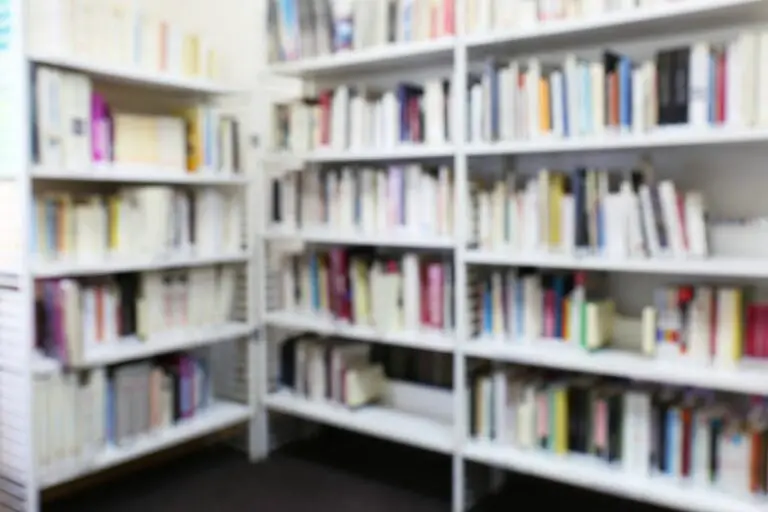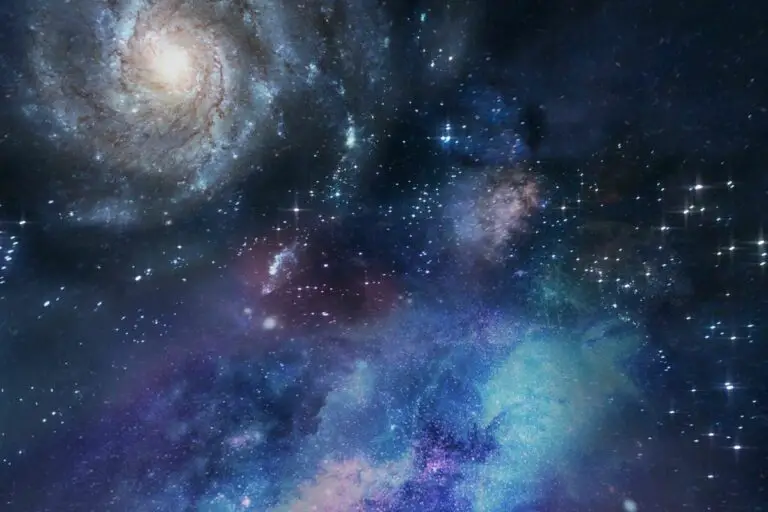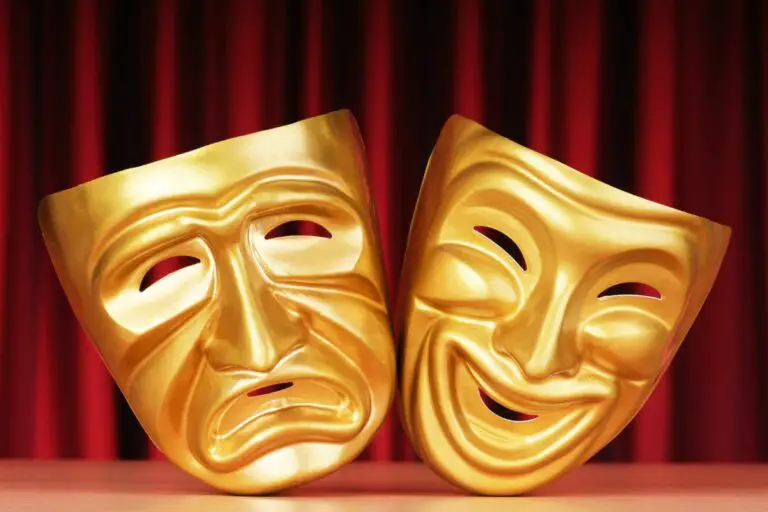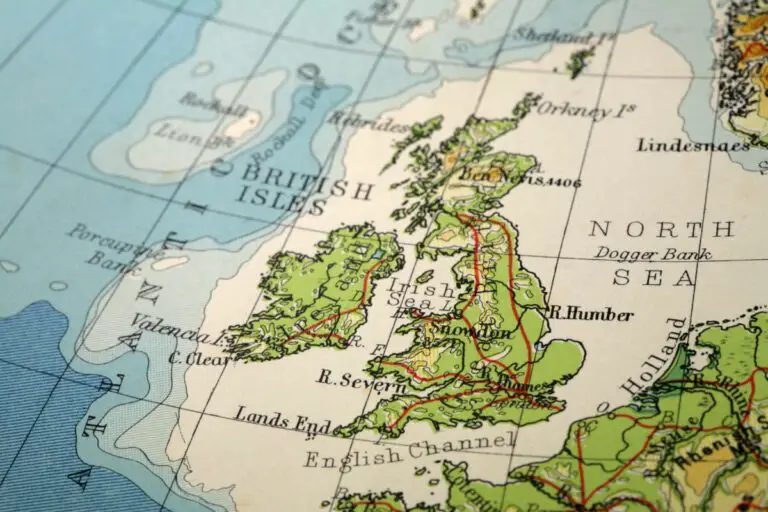What is the Difference between Knitting and Crochet?
Do you wonder what your mom is doing with wool? Or maybe you want to learn, but you don’t know which one to try?
Either way, after reading this article you’ll know all about the differences between knitting and crochet.
The main difference between knitting and crochet is that knitting uses two needles, one held in each hand, and crochet utilizes a single hook, held in one hand. Also, the technique is completely different depending on whether the maker uses knit or crochet.
I’ll start by explaining everything about knitting, then crochet, and we’ll end with a comparison of the two techniques (and a video).
Knitting
Definition
The act of forming a fabric by looping a continuous yarn.
Source: dictionary.com
Tools
The key tools required for the craft of knitting are knitting needles. Knitters use either straight, circular or double pointed knitting needles. The type used often depends upon the country of the knitter.
For example, knitters in the UK tend to use two straight needles whereas in the USA it is more usual to use circular or double pointed knitting needles.

Knitting needles come in a variety of sizes and are made from different materials such as metal, wood and plastic.
Additional tools used in knitting are yarn, scissors, tapestry needle, cable needle, row counter, stitch markers, stitch holders and a tape measure.
Styles
There are two main styles of knitting; English and Continental. In the English style of knitting the yarn is held in the right hand and the reverse is true of continental knitting.
Loom knitting is another style of performing this craft. This has been gaining massive popularity in recent years and is an easy way to knit hats and scarves.
Machine knitting is another method for undertaking knitting. Using a machine enables knitters to produce large garments at a much faster rate than with hand-knitting. Knitting machines come in a variety of sizes, including table-top ones for knitting small accessories such as hats.
In recent years, another style, arm knitting, has gained a lot of popularity. The arms are used in place of knitting needles and really chunky yarn is used to make squishy home accessories such as blankets and cushions.
Key Features and Techniques
In knitting, you cast on a number of stitches onto one needle and work these stitches with the other needle.
There are two main stitches used in knitting; knitting and purling. These stitches are used in a variety of combinations to create different textures on the finished fabric.
Several active yarn loops are worked simultaneously during knitting. This means that if a stitch is dropped a large portion of the work may unravel and have to be redone.
Knitting can be quite a slow process.
Projects
The way that knitting is worked means that the resulting fabric has a lot of stretch and drape, and it is an ideal method for making socks and clothing garments. This is because it can closely fit the curves of a person’s body.
Crochet
Definition
Needlework done with a needle having a small hook at one end for drawing the thread or yarn through intertwined loops.
Source: dictionary.com
Tools
The main tool used for undertaking crochet is a crochet hook. Crochet hooks come in a variety of sizes and materials, including plastic, wood and metal.
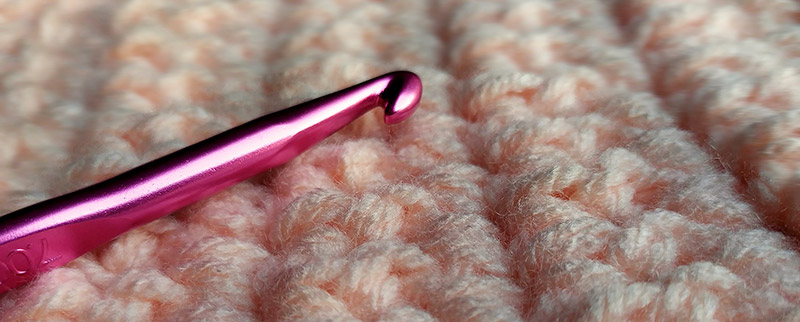
Yarn is also required for crochet, as well as scissors, a tapestry needle, a tape measure, stitch holders and a row counter.
Styles
There are numerous styles of crochet, all performed by using a single hook. The style used by most crafters is known as traditional crochet.
Additional variations include Tunisian crochet, amigurumi (a Japanese art form for creating little toys and dolls) and Bavarian Bullion and Bruges crochet.
A contemporary style that is gaining popularity is micro crochet, where extremely fine thread and hooks are used to create tiny pieces such as flowers.
Key Features and Techniques
Crochet is commenced by making a single chain of yarn with the crochet hook. The hook then works into the loops of the chain and the main stitches are called single, double and treble crochet.
When working the traditional crochet style, only one active yarn loop at a time is worked on. This means that a mistake is easily rectified without the need to undo any previous stitches.
Crochet works up quite fast.
Projects
The finished fabric created from crocheting is delicate and yet stiff and this craft is ideally suited to the production of items such as blankets, shawls and table runners.
Differences Between Knitting and Crochet
Differences in Tools Used
The main difference between knitting and crochet is that knitting uses two needles, one held in each hand, and crochet utilizes a single hook, held in one hand.
There are more varieties of knitting needles than there are of crochet hooks. Knitters can choose between straight, circular or double pointed needles, whereas with crochet there is just a standard type of hook.
Cable needles are also used often in knitting, but not at all in crochet.
Differences in Styles
There are a variety of styles of both knitting and crochet. However, crochet is always worked manually. With knitting, one can use a loom, a machine or even arms in place of knitting needles.
Differences in Key Features and Techniques
The technique for creating fabric is entirely different depending on whether the maker uses knit or crochet as their method.
With knitting, several stitches are cast on. Each stitch forms a separately yarn loop and all are worked at the same time to produce the finished fabric.
In crochet, a chain is formed. This chain contains a series of yarn loops, and only one loop at a time is worked.
Differences in Projects
Knitting produces a fabric which is stretchy and has a wonderful drape. This crafts lends itself well to the creation of garments that need to fit, such as socks, sweaters, cardigans and gloves.
The fabric produced by crocheting is stiffer than that from knitting. The types of projects that are most usually made by crocheters include blankets, table runners, scarves and shawls. Namely, things where an accurate fit is not so important.
Comparison Table
| Knitting | Crochet | |
|---|---|---|
| Tools | Straight, circular or double pointed knitting needles. Knitting needles are made from a variety of materials. Additional tools: yarn, scissors, tapestry needle, cable needle, row counter, stitch markers, stitch holders and a tape measure. | Crochet hook. Crochet hooks are made from a variety of materials. Additional tools: scissors, a tapestry needle, a tape measure, stitch holders and a row counter. |
| Styles | Two main styles: English and Continental. Additionally: loom, machine and arm knitting. | One main style: Traditional crochet. Additionally: Tunisian, amigurumi, Bavarian, Bruges, micro. |
| Key Techniques | Casting on several stitches using two needles. Working several yarn loops at the same time. Slower than crochet. | Making a chain using one hook. Working only one yarn loop. Faster than knitting. |
| Projects | Garments that fit due to the stretch and drape of knitting. Examples: socks, hats, cardigans, sweaters, gloves. | Items that do not require as much stretch as the fabric is stiff. Examples: Blankets, shawls, table runners. |
Video
References and Resources
Crochet Tools For Beginners: https://sewing.com/crochet-tools/
Differences English vs Continental: https://www.marthastewart.com/7615255/english-continental-knitting-styles-difference
Types of crochet: https://www.crochetcoach.com/lessons/types-of-crochet/
Difference Knitting vs Crochet: https://www.thesprucecrafts.com/differences-between-knitting-and-crochet-4077447

